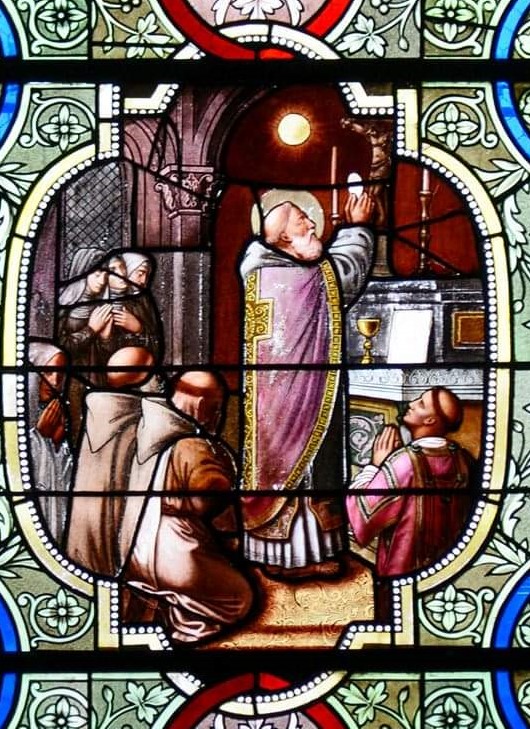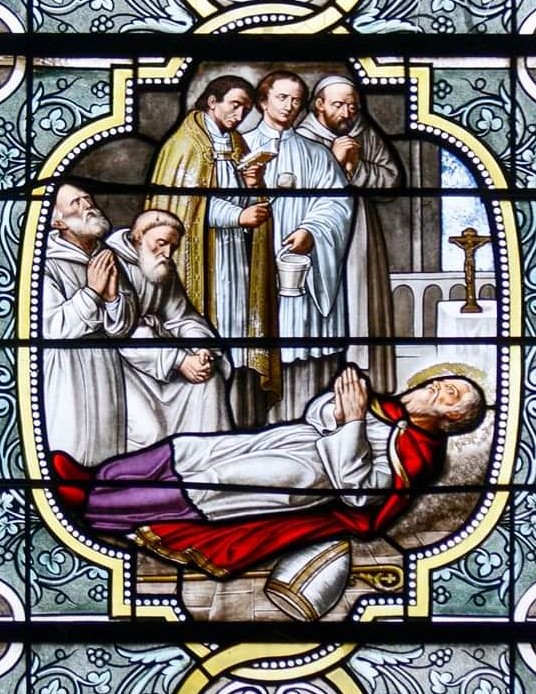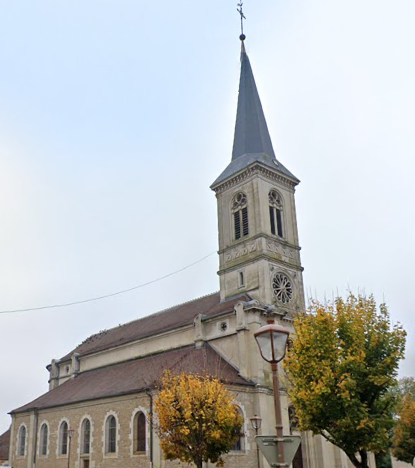Genlis est située à mi-chemin entre Dijon et Dole. Cet emplacement était à l’époque gallo-romaine un poste militaire retranché, et aurait été le point de départ d’une voie romaine, le « Chemin des Romains ». Il aurait été aussi, durant le haut-Moyen-âge, le point de passage d’une « chaussée Brunehaut ».
Une première église Saint-Martin existait à partir du XIIe siècle mais il n’en reste rien. Les archives de cet édifice ont été brûlées en 1792 au pied de l’arbre de la Liberté de la commune. Fortement délabrée, elle est démolie en 1849. La reconstruction du monument avait été décidée dès 1844. Deux clans s’opposent, ceux qui veulent une belle église et ceux qui veulent une église peu coûteuse. Trois projets sont proposés au conseil municipal et à l’évêque de Dijon. C’est le troisième projet, par l’architecte dijonnais Auguste Sirodot, qui est retenu. Les travaux sont confiés en 1846 aux entrepreneurs Rémy Billiette et Antoine Guigre. L’église est bénie le 12 novembre 1849 par l’évêque de Dijon Mgr François-Victor Rivet.
L’église conserve un groupe sculpté représentant une charité de saint Martin datant de la deuxième moitié du XVe siècle. Classé aux Monuments historiques le 15 juin 1971 PM21001276
L’église abrite également deux vitraux figurant deux scènes de la vie de saint Martin : la messe miraculeuse et la mort à Candes-Saint-Martin.


Genlis is located halfway between Dijon and Dole. This site was in Gallo-Roman times an entrenched military post, and would have been the starting point of a Roman road, the « Chemin des Romains ». It would also have been, during the High Middle Ages, the crossing point of a « Brunehaut road ».
A first Saint-Martin church existed from the 12th century but nothing remains of it. The archives of this building were burned in 1792 at the foot of the town’s Liberty tree. Severely dilapidated, it was demolished in 1849. The reconstruction of the monument had been decided in 1844. Two clans oppose each other, those who want a beautiful church and those who want an inexpensive church. Three projects are proposed to the municipal council and to the bishop of Dijon. It is the third project, by the Dijon architect Auguste Sirodot, which is retained. The work was entrusted in 1846 to contractors Rémy Billiette and Antoine Guigre. The church was blessed on November 12, 1849 by the Bishop of Dijon Mgr François-Victor Rivet.
The church retains a sculpted group representing a charity of Saint Martin dating from the second half of the 15th century. Classified as Historic Monuments on June 15, 1971 PM21001276
The church also houses two stained glass windows depicting two scenes from the life of Saint Martin: the miraculous mass and death in Candes-Saint-Martin.

 "/>
"/>